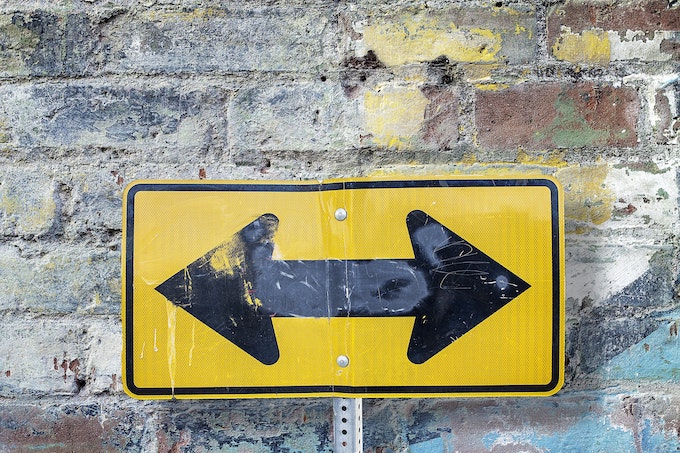As helpful as it would be to have an internal GPS that could guide us wherever we need to go, it’s just isn’t our reality. Well, not yet at least— who knows what the future holds?! For now, signage is the way to go that will tell us the way to go. Wayfinding signage in particular does just that, and wayfinding design such as symbols is just as important as the vital information these signs convey.
This blog explains what wayfaring signage is and the different types of wayfinding signs you’ll typically see wherever you go. For further information, personalized advice, or to start creating your own wayfinding signage, contact our experienced and helpful team at Signworks today.
What Is Wayfinding Signage?
Wherever you are and wherever you’re going, there’s probably more than one way to get there. However, having options means that at least one of those ways is the least effective, will take the longest amount of time, and could get you completely lost!
This is where wayfinding signage comes in. As the name suggests, wayfinding signage aims to help you find where you’re going and to get there as quickly and as easily as possible. It can be at the beginning of your journey, and/or along your journey to confirm that you’re on the right track.
You can find wayfinding signage just about anywhere, though it’s typically found in:
- Schools
- Buildings
- Offices
- Hospitals
- Banks
- Tourist attractions
- Restaurants
- Cafes
- Bars
- Malls
- Retail stores
- Car dealerships
And the list goes on! Essentially, anywhere where you could potentially turn in the wrong direction will have at least one wayfinding sign.
The purpose of these signs is to help people locate where they are and where they need to go as efficiently as possible. This is particularly important in busy areas where there may not be people available to ask, such as in a hospital or other medical setting.
The Different Types Of Wayfinding Signage
Wayfinding signage typically comes in four forms:
1. Identification
Identification signage will let you know when you’ve arrived to the destination you set out to find. These can be door plaques (particularly in office buildings), large signs (such as customer service or sales at a car dealership), or signs that point out a landmark (for example, at tourists attractions or historical sites).
Generally, identification signage will have a company’s logo on it to help people identify where they are before they even have time to read the words on the sign. Now that’s efficient identification!
2. Informational
Informational signage is slightly more general than identification signage. It’s usually less specific, for example it may tell you the department of the hospital you’re in rather than which specific doctor’s room. You’ll often find informational wayfinding signage in areas that see a lot of people throughout the day, such as lobbies, waiting rooms, and entrances.
As for the information these signs contain, it depends on what you need people to know. Many businesses use informational wayfinding signage to indicate things such as where the bathrooms are, the business’ opening hours, where the cafeteria is, the address of the building, and so on. These signs should be as easy to understand as possible, so symbols are often used (for example, directing people to the correct bathroom).
3. Directional
Directional signage, as its name suggests, directs people where to go. This type of wayfinding signage aims to keep everything flowing as smoothly as possible, whether it be within a building, in a line, or in a parking lot.
Directional signage should be placed at crossroads, where people have the option to turn one of two (or more) ways. This signage will indicate what they will find in each direction so they know which path to take for their intended purpose. For example, in a parking lot directional signage will point you towards or away from the valet parking, while in an office hallway it will explain whose office is to the left and right at the end of a hallway.
4. Regulatory
Regulatory signage focuses on the safety of everybody within the vicinity. In addition to safety, regulatory signage is also to reduce possible incidents that a company may be liable for if they were to occur. These signs should be clear and concise so that they can be easily understood.
Examples of regulatory signage includes ‘No Smoking’ signs, signs that indicate pets are not allowed in a particular area, ‘Employees Only’ signs, ‘No Entry’ or ‘Do Not Enter’ signs, and in recent times, signs that remind people of physical distancing rules and requirements.
Looking For Wayfinding Signage?
If you’re looking for a sign to tell you that you need wayfinding signage, this is it! At Signworks we’ve been providing signage of all types for over 30 years, and we’ve made lasting impressions with thousands of projects throughout the country. From small offices and schools to entire cities and everything in between, your visitors will never be lost with wayfinding signage by Signworks. To start creating your wayfinding signage, contact our experienced and reliable team today.

